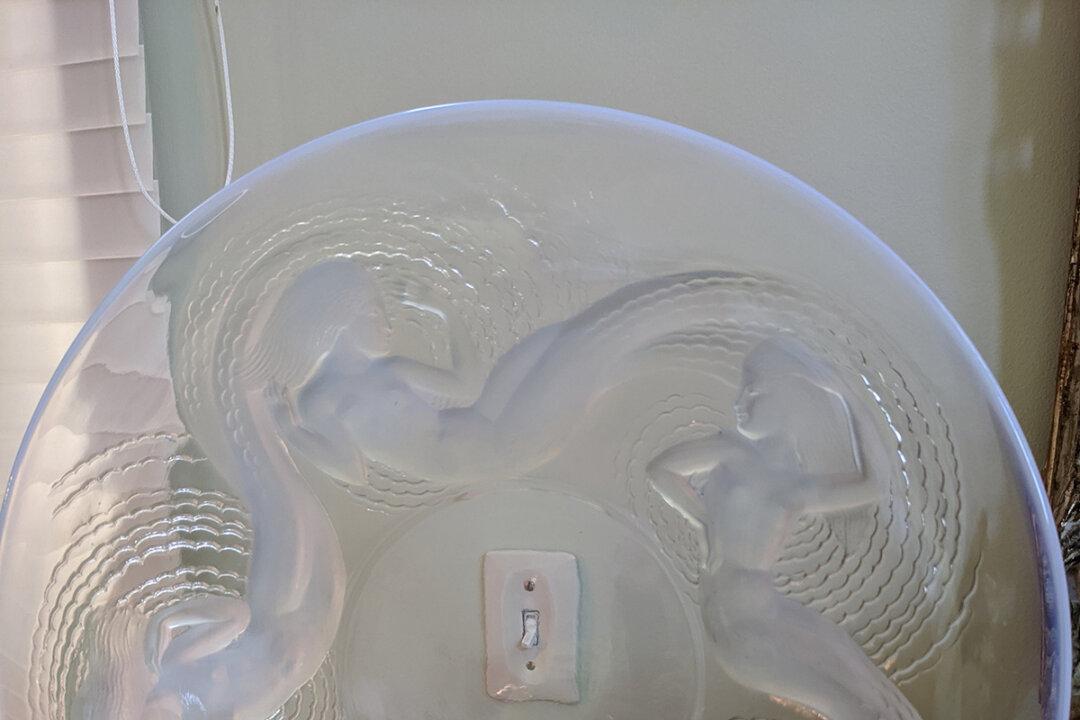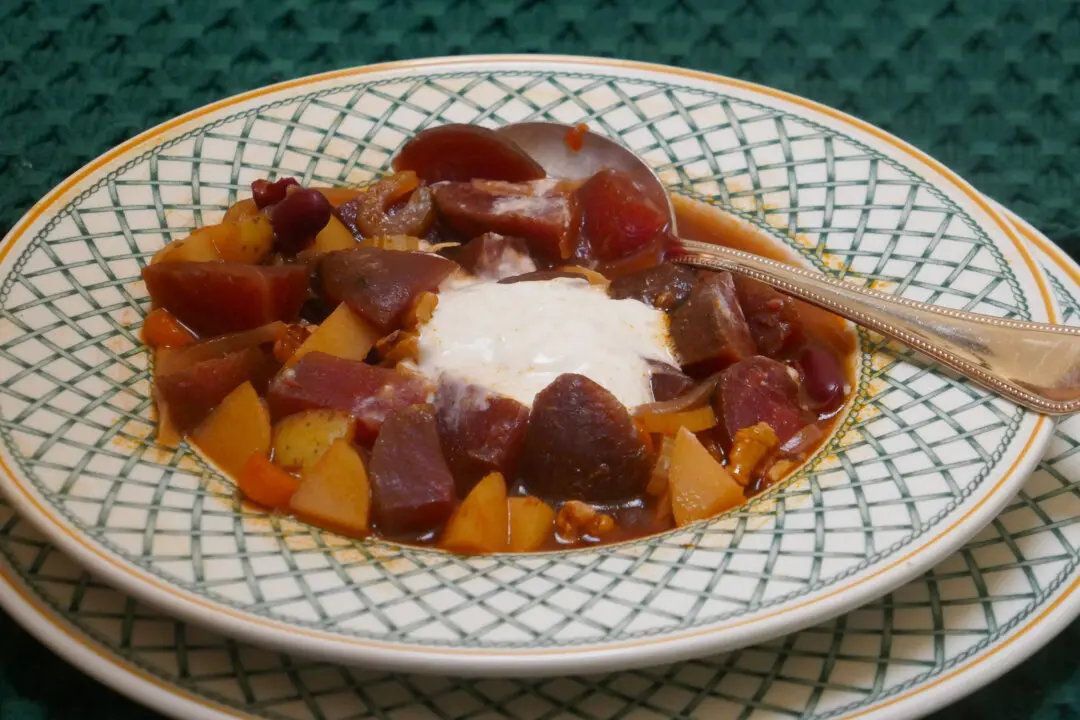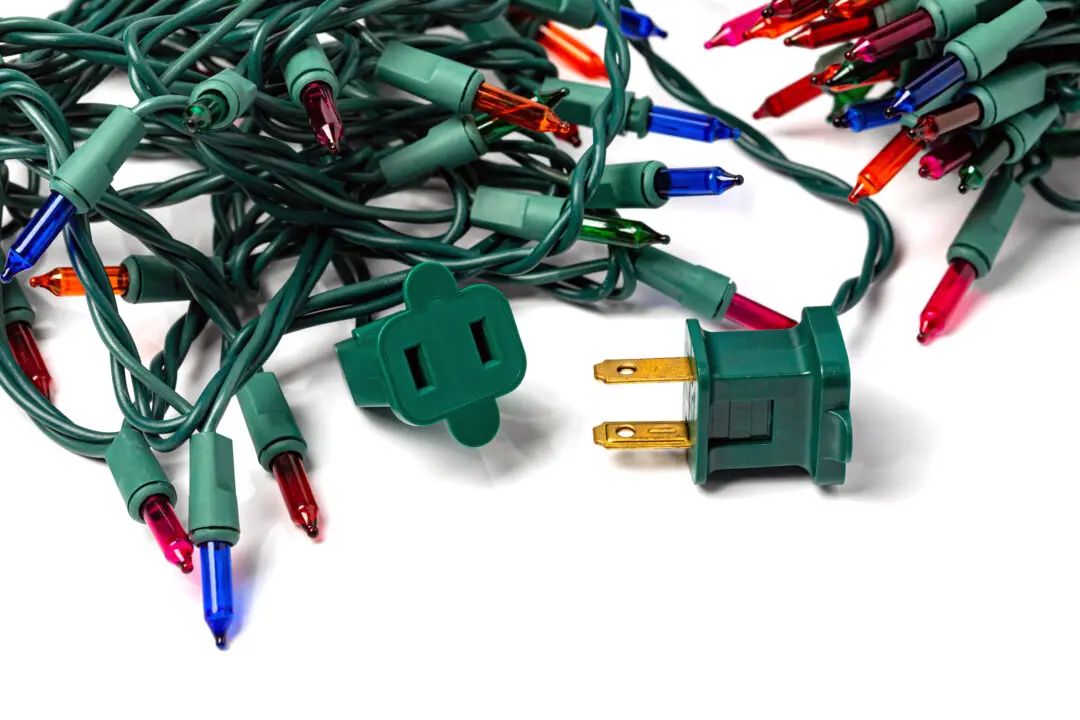By Helaine Fendelman and Joe Rosson
From Tribune News Service
Dear Helaine and Joe: I am sending photos of a glass, 14-inch diameter, mermaid plate or bowl that has a signature on it. I think it reads “Lalique France” — but I am not sure. Any thoughts or estimate of value would be appreciated. Thank you, C. P.






